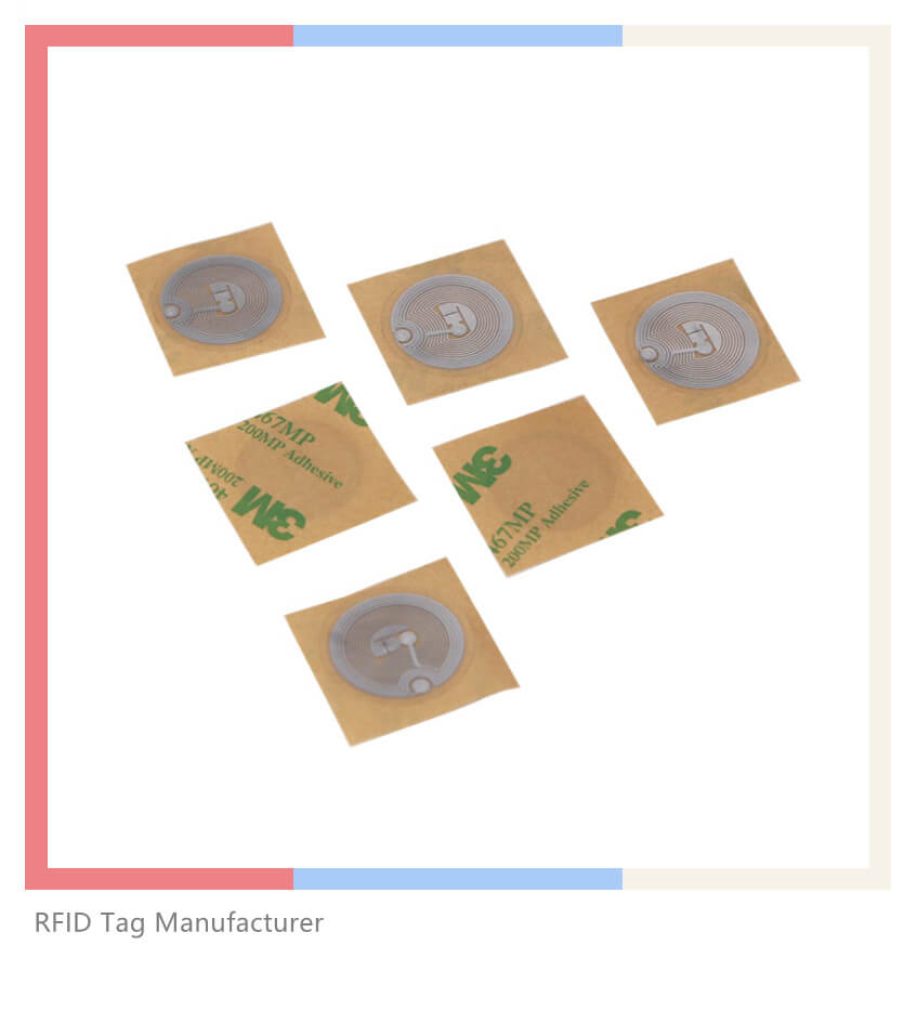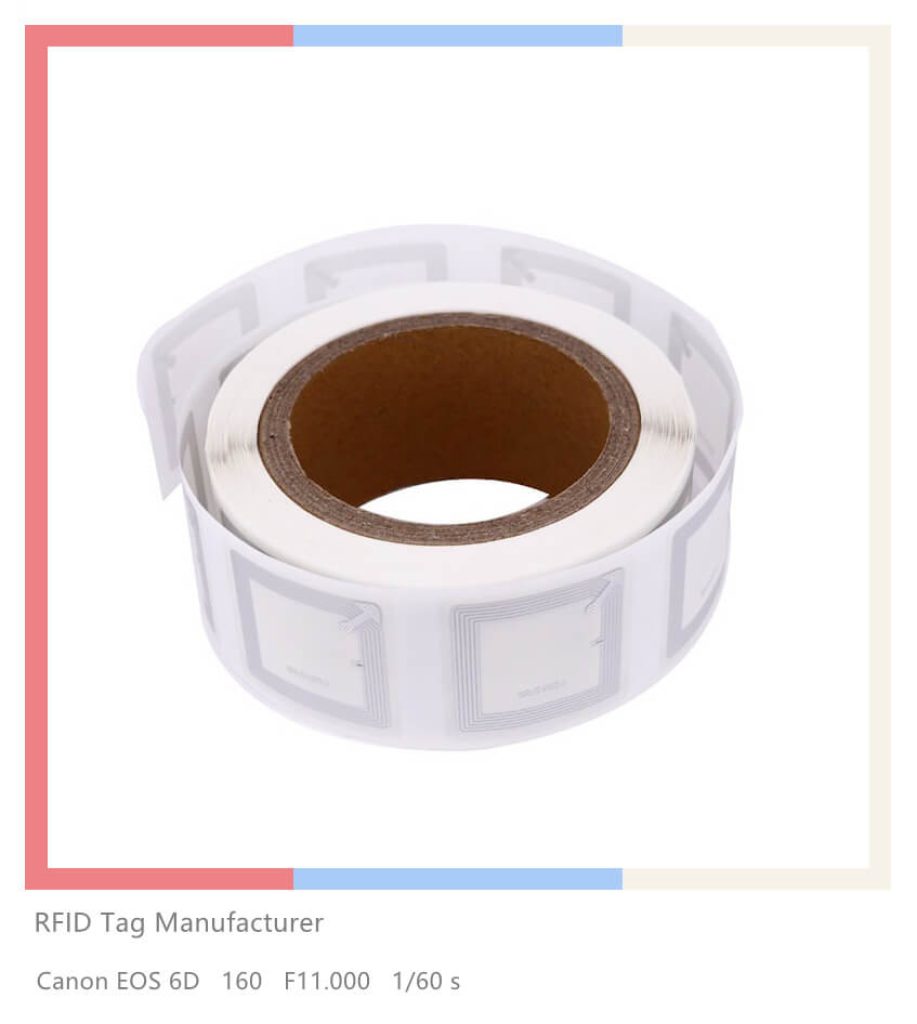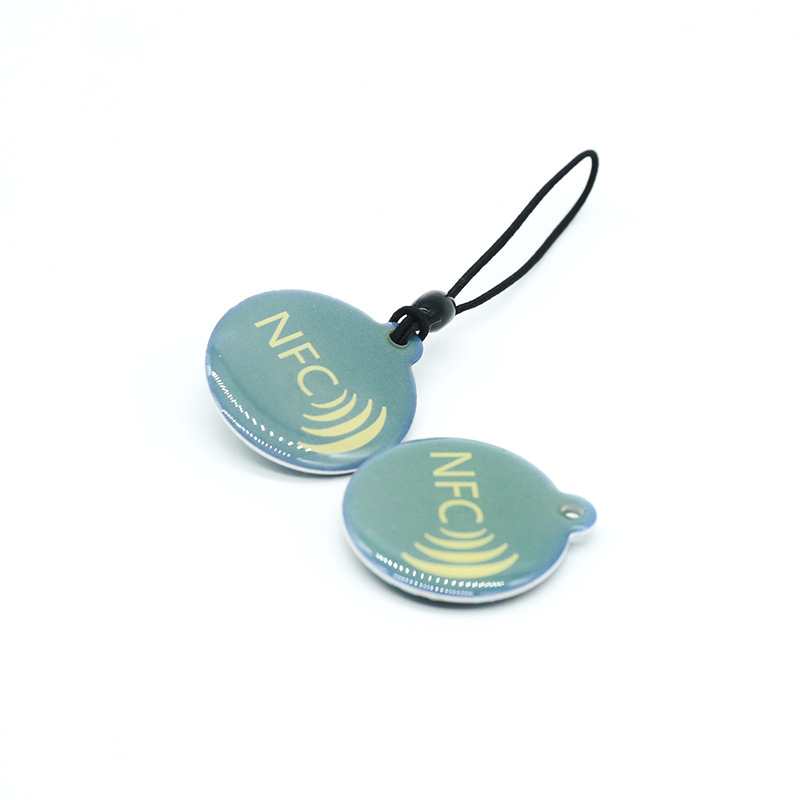Ntag213, Ntag215, and Ntag216 are three types of NFC tag ICs developed by NXP Semiconductors. They are designed to be used in mass-market applications such as retail, gaming, and consumer electronics, in combination with NFC devices or NFC-compliant Proximity Coupling Devices. They are also fully compliant with the NFC Forum Type 2 Tag and ISO/IEC14443 Type A specifications.
But what are the main differences between these three types of NFC tags? And how can you choose the best one for your application? In this article, we will compare Ntag213, Ntag215, and Ntag216 in terms of memory size, price, security features, and use cases.

Memory Size
The most obvious difference between Ntag213, Ntag215, and Ntag216 is the memory size. Each type of NFC tag has a different amount of user memory available for storing data such as URLs, text, or NDEF messages. The table below summarizes the memory size of each type of NFC tag:
| Type | User Memory | Pages |
|---|---|---|
| Ntag213 | 144 bytes | 36 |
| Ntag215 | 504 bytes | 126 |
| Ntag216 | 888 bytes | 222 |
As you can see, Ntag216 has the largest memory size among the three types of NFC tags, followed by Ntag215 and Ntag213. The memory size determines how much data you can store on your NFC tag and how complex your application can be.
Price
Another difference between Ntag213, Ntag215, and Ntag216 is the price. Generally speaking, the larger the memory size, the higher the price. This means that Ntag216 is the most expensive type of NFC tag among the three, followed by Ntag215 and Ntag213. The table below shows the approximate price range of each type of NFC tag:
| Type | Price Range |
|---|---|
| Ntag213 | $0.10 – $0.20 |
| Ntag215 | $0.15 – $0.25 |
| Ntag216 | $0.20 – $0.30 |
Of course, the actual price may vary depending on the supplier, quantity, quality, and other factors. You can compare different options online or offline to find the best value for your money.

Security Features
Another difference between Ntag213, Ntag215, and Ntag216 is the security features. All three types of NFC tags have some basic security features such as a manufacturer programmed 7-byte UID for each device, a pre-programmed capability container with one time programmable bits, a field programmable read-only locking function, and a 32-bit password protection to prevent unauthorized memory operations.
However, only Ntag216 has an additional security feature called ECC based originality signature. This feature allows to verify the authenticity of the NFC tag by using a public key cryptography algorithm. This feature can prevent counterfeit or cloned NFC tags from being used in your application.
Use Cases
The final difference between Ntag213, Ntag215, and Ntag216 is the use cases. Depending on your goal and budget, you may prefer one type of NFC tag over another. Here are some examples of use cases for each type of NFC tag:
- Ntag213: This type of NFC tag is suitable for simple applications that require small amounts of data such as URLs or text. For example, you can use Ntag213 for smart advertisement, product authentication, mobile companion tags, Bluetooth or Wi-Fi pairing, electronic shelf labels, and business cards.
- Ntag215: This type of NFC tag is suitable for more complex applications that require larger amounts of data such as multiple URLs or text records. For example, you can use Ntag215 for gaming cards or Amiibo cards or tags.
- Ntag216: This type of NFC tag is suitable for advanced applications that require high security and large amounts of data such as multiple URLs or text records with encryption or signature. For example, you can use Ntag216 for secure payment or access control.
Conclusion
Ntag213, Ntag215, and Ntag216 are three types of NFC tag ICs developed by NXP Semiconductors. They have different memory sizes, prices, security features, and use cases. You can choose the best one for your application based on your requirements and budget.
We hope this article has helped you understand the difference between these three types of NFC tags. If you have any questions or comments, please feel free to contact us. We are happy to help you with your NFC project!











